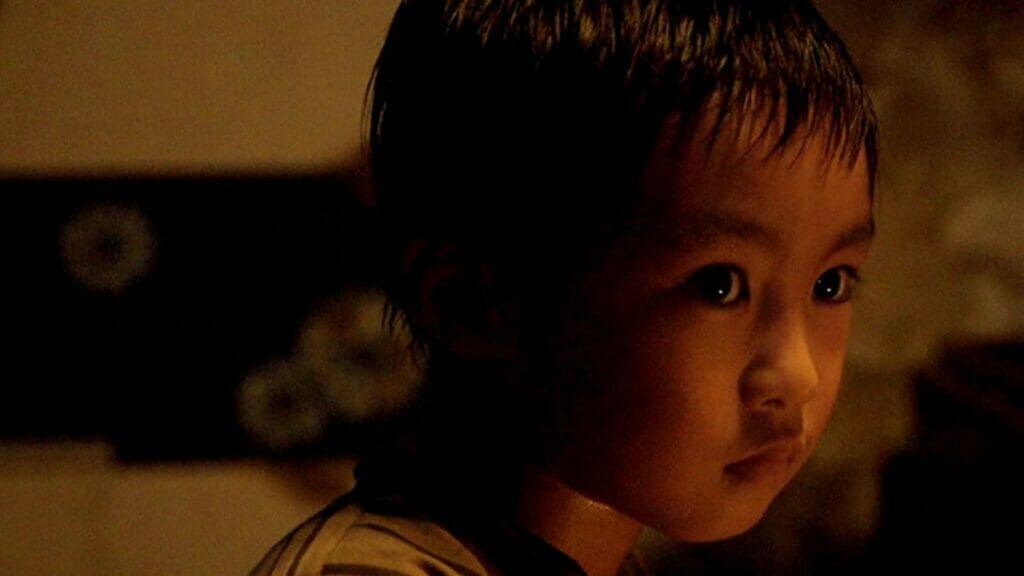Read also:
How to Watch FX Live Without CableHow To Watch AMC Without CableHow to Watch ABC Without CableHow to Watch Paramount Network Without CableShinya Tsukamoto’s film attempts to explore hope and sorrow in post-war Japan, with mixed results.
This piece was written during the 2023 SAG-AFTRA strikes. Without the labor of the actors currently on strike, the works being covered here wouldn’t exist.
To make Shadow of Fire, Shinya Tsukamoto stitched together two films. As a result, it proves both unpredictable and unable to satisfyingly hit the tragic and devastating notes it aims for.
Recently, Tsukamoto has turned his attention away from the subversive and pulpy shock-oriented cinema that made him a cult figure among cinephiles. Instead, he’s pursued more soulful lamentations on the state and history of Japan. In particular, he seems preoccupied with stories about those who experience an aching sense of trauma following encounters with crushing violence.

Shadow of Fire confines the audience to the interiors of a small bar. There, a young sex worker (Shuri) gives food and her services to passing men. Soon, two boys enter the bar. One’s a soldier, just returned from battle but still trapped in his trauma, shaking with terror. The other (Oga Tsukao) steals vegetables from vendors and sells them elsewhere for money. The duo become the sex worker’s companions in the cramped and dingy space.
Tsukamoto films the first half of the movie in a dark and colorless palette with claustrophobic close-ups and a disturbing level of wetness and muck that makes your skin crawl. The sexual violence on display is explicit. Much of the film focuses on the theatrics of its players. The exception is the soldier, who remains impassive and shell-shocked throughout.
Outside of his stoicism, the movie lays down its aching emotions very thick and with zero subtlety. Sometimes, this comes across as exploitative. It draws out the violence and torment to a morose degree. Not a single part of the movie’s first half gives an ounce to breathe.
Not a single part of the movie’s first half gives an ounce to breathe.
However, the film breaks into the open in the back half. It begins when the young boy joins another soldier (Mirai Moriyama). Unlike his earlier traumatized companion, vengeance towards a general fuels this troop. With this change in the film’s dynamics, it grows in its dimensionality. The two characters’ contrast, ravaged by war but in different stages of life, is portrayed beautifully. It reveals different levels of hope and despair to the audience.
Tsukamoto laces his movie with signs of hope even amid a seemingly hopeless existence. The young boy begins to work for a ramen noodle vendor by washing dishes. Even though the vendor slaps him away multiple times, the boy continues to work adamantly. It may be a bit of cloying sentimentality, but in the wake of such tragedy, an equally forceful sign of hope is only appropriate. The resilience to build anew amid destruction has been a near-constant theme in Japanese cinema. Shadow of Fire follows in this tradition.